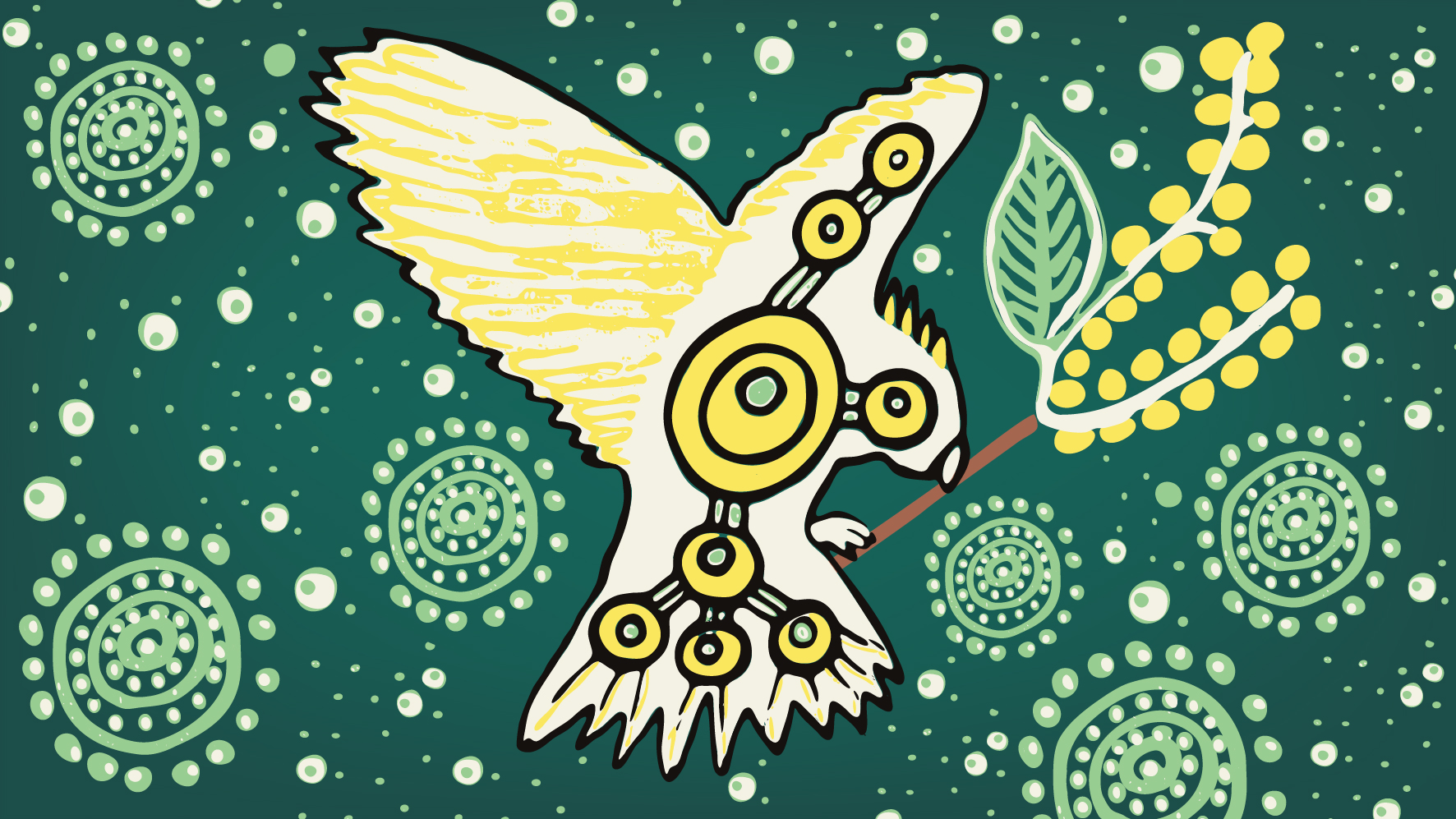First Nations people hold a profound connection to the land, and the path to reconciliation involves acknowledging their enduring cultures, fostering respectful relationships and creating opportunities for socio-economic well-being.
Mooro Boodjar
The Joondalup region is situated on Mooro country, holding great significance for the Whadjuk people of the Noongar nation. Mooro Elders have generously granted permission to share stories and information in the Joondalup Mooro Boodjar brochure below, allowing the community to gain a deeper understanding of the First Peoples’ connection to the land. Of particular importance is the story of the Charnok Woman. Printed copies of the brochure are available at all Library branches and teachers can request class sets.
Reconciliation Action Plan (RAP)
The City of Joondalup’s inaugural Draft Reconciliation Action Plan (RAP) was approved by Council in December 2023. The draft RAP will now go through a process of approvals through Reconciliation Australia before the final document is published and made publicly available soon.
The RAP serves as a framework to realise our vision for reconciliation through practical actions rooted in relationships, respect, and opportunities. As guided by Reconciliation Australia, the Innovate RAP framework outlines:
- Actions for achieving our vision for reconciliation.
- Fosters a deeper understanding of our sphere of influence, and helps to establish the best approaches to advance reconciliation.
- Focuses on developing and strengthening relationships with Aboriginal and Torres Strait Islander peoples, engaging staff and stakeholders with reconciliation and piloting innovative strategies to empower Aboriginal and Torres Strait Islander peoples.
The City has also established the RAP Community Reference Group.
Noongar six seasons
The City of Joondalup engaged Noongar artist, Teresa Miller, to create a suite of artwork depicting the Noongar six seasons. Teresa painted each piece and provided the below descriptions of each painting and their meaning. Teresa partnered with design agency Norlap Creative who digitised each painting for the City’s use in graphic design. These designs can be seen in the City News bi-monthly publication, and the Joondalup Voice full page fortnightly feature in Perth Now community newspaper.
About the artist – Teresa “Beelya Yorg” Miller
A Noongar Yorgar of the Bibulmen Nation. Artist Teresa Yeridan Miller was born in 1971, Kinjaling (Albany) Minang Boodjar, Western Australia. Her early childhood years were spent on Mount Barker Elleka Native Reserves on the outskirts of town, before moving into a townhouse in Albany.
Teresa’s parents Valerie Miller nee Eades and Samuel Carl Miller hold Traditional Noongar Land Owner connections, throughout Noongar Boodjar. She comes from a family strong in Noongar Culture and has great respect and deep appreciation for her parents, honouring her old people and family, who have ensured her understanding and connection to Lore and Culture, Spirituality, Connection to Boodjar, Kinship Systems and knowledge keeping her identity strong.
During Teresa’s early years on Boodjar, the family would travel throughout the country camping, hunting game, fish and gathering bush tucker. Teresa’s work interprets ancient storylines providing personal insights into her family’s travels, sites of special significance, biddi, bilya, gnaarma, birds and animals.






